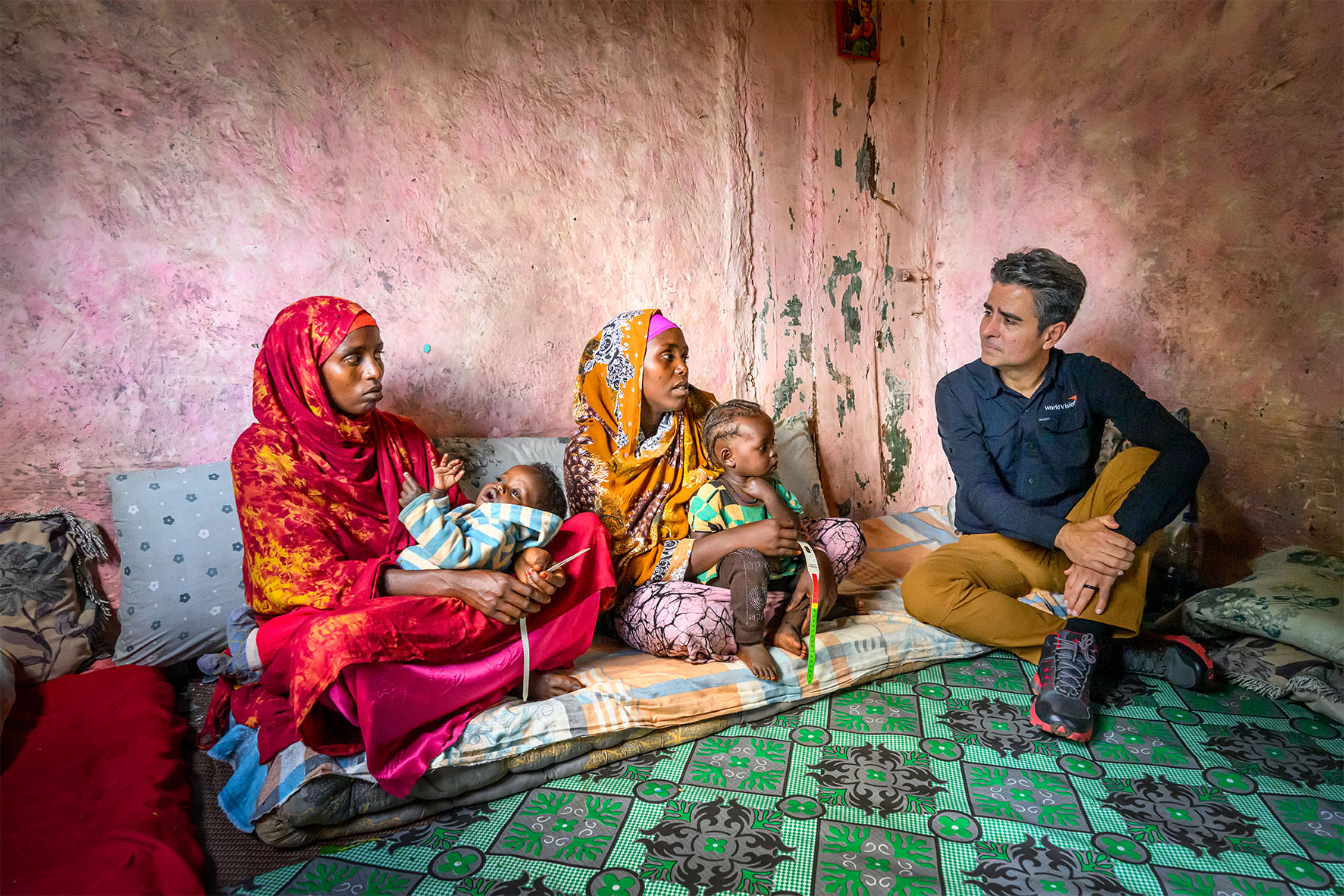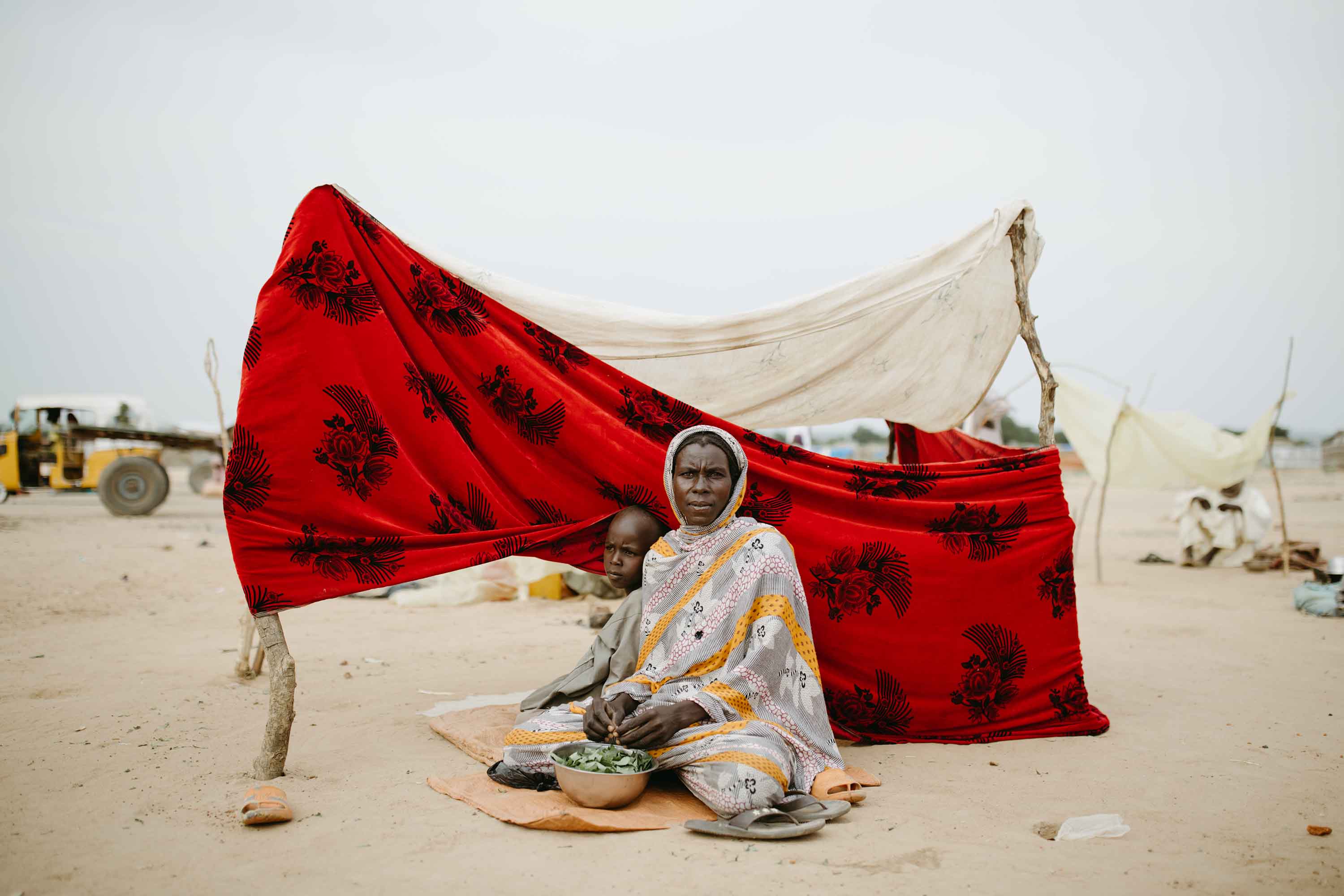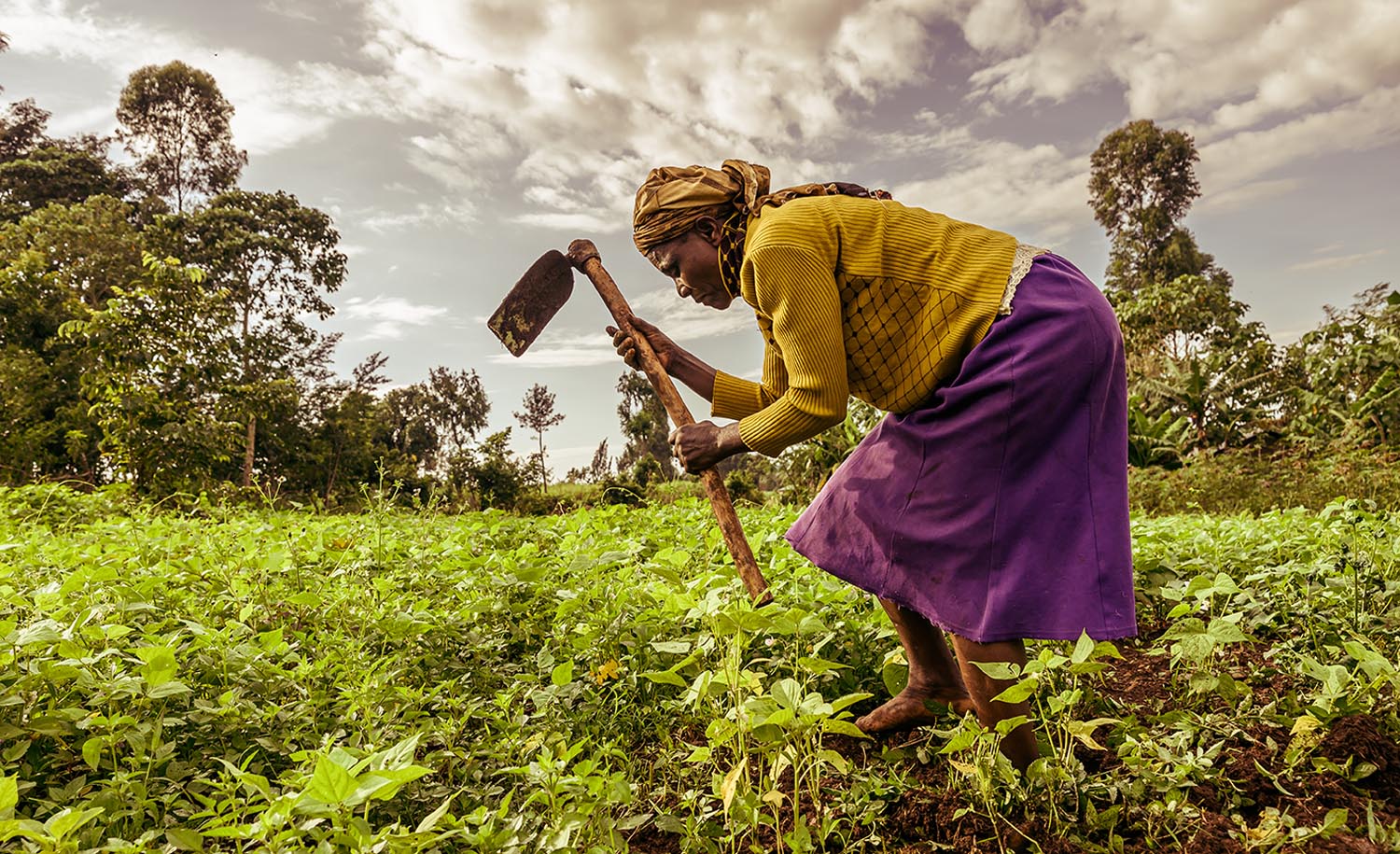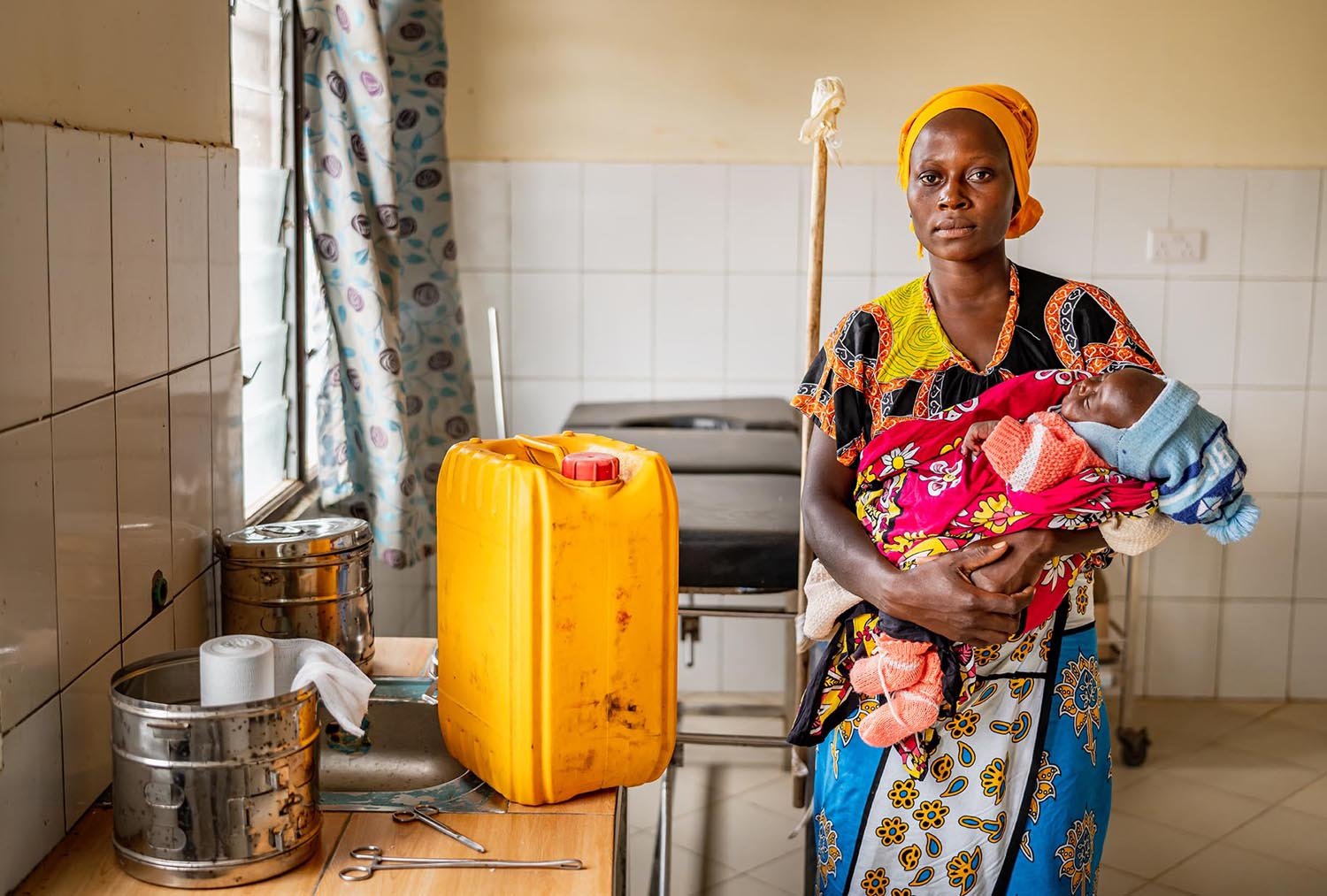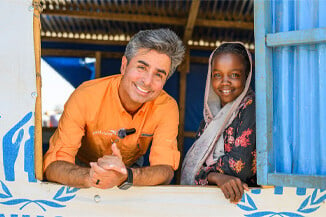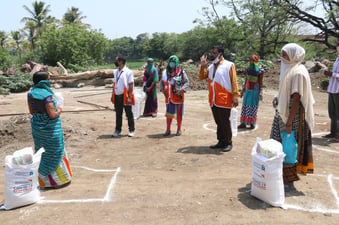 Appeals to remember the world’s hungry aren’t new here — for every success story of a child recovering from malnutrition, there’s yet another desperate mother wondering how she’ll feed her children today. And the sad reality is that the estimated increase in the number of hungry people around the world in 2020 equaled the previous five years combined, mostly due to the pandemic’s secondary impacts. As we experience an uncertain return to normal in the U.S., let’s continue to remember the vast need that still exists — and how God’s people can respond.
Appeals to remember the world’s hungry aren’t new here — for every success story of a child recovering from malnutrition, there’s yet another desperate mother wondering how she’ll feed her children today. And the sad reality is that the estimated increase in the number of hungry people around the world in 2020 equaled the previous five years combined, mostly due to the pandemic’s secondary impacts. As we experience an uncertain return to normal in the U.S., let’s continue to remember the vast need that still exists — and how God’s people can respond.
The need: Global hunger
For families who were already hovering on the brink of poverty or had recently worked their way out of it, the pandemic’s economic impacts have been life-changing. We’re seeing numbers like the following:
- The pandemic has pushed an additional 97 million people into extreme poverty according to the World Bank.
- Experts estimate that in 2020, up to 161 million more people were undernourished as a result of the COVID-19 pandemic.
- 370 million children worldwide — many of whom rely on school meals — have missed 40% of in-school meals, on average, since COVID-19 restrictions closed schools.
Many smallholder farmers work to build up resilience so they can withstand shocks like the pandemic, but when crises pile on top of each other, that hard-won safety net vanishes. The rate of young children suffering from malnourishment is more than those projected before the pandemic, as the abrupt drop in families’ incomes was compounded by a lack of access to affordable, nutritious food. It’s the combination of factors like these that are making so many families’ situations desperate.
Extra challenges: Spotlight on East Africa
Conflict, COVID-19, and environmental shocks are combining to create hunger hotspots in some of the toughest places for children to live. In Ethiopia, families are facing this in what’s being called the “Tigray triple crisis”: an ongoing locust invasion, conflict that’s displacing thousands of families, and the economic fallout from drought and the pandemic’s business closures.
“I have never seen such a bad time in my life,” laments Berhan, a 36-year-old mother of three. “Our entire livelihood has been demolished. We are suffering a lot due to lack of food. We have nothing to feed our children.”
On top of the pandemic, in 2021, floods across countries like Ethiopia, Somalia, Kenya, South Sudan, Sudan, and Uganda eroded mature crops and degraded food stocks, diminishing what resilience families could count on. In East Africa, 32.9 million people are severely food insecure, and over 10 million children are acutely malnourished. In other words, parents and children are out of options for survival.
These are big numbers, but we serve a God who’s sovereign over the stats.
Our response
The good news amid all this hardship? Partners like you are helping us reach millions of vulnerable children and families around the world with the right support at the right time.
And as of August 12, 2021, our COVID-19 response has reached 7,472,056 people with food assistance. We’re able to serve so many people because of strong government partnerships and generous donors who know their small acts can make a big difference.
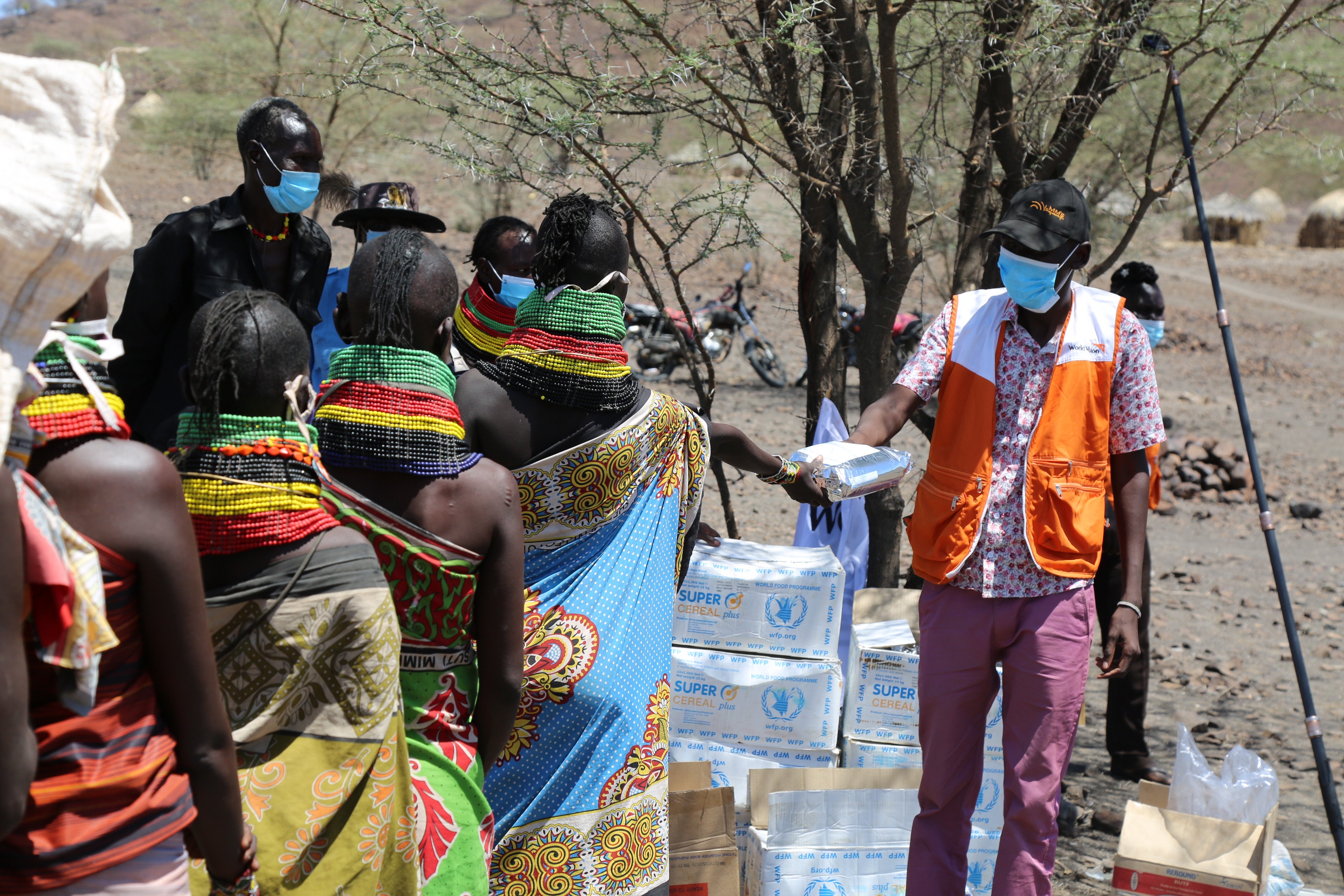
It’s so easy to become numb to the staggeringly high numbers. Yet we serve a God who, the Psalms tell us, “will never forget the needy” (9:18, NIV) and who “upholds the cause of the oppressed and gives food to the hungry” (146:7, NIV). Despite the huge nature of the hunger crisis, God uses His faithful people to provide for those in need around the world.
If you make a gift today, it will multiply 7 times in impact, thanks to public grants, to provide nutritious food to hungry children and families. It only costs $76 to provide a family of five with nutritious food for a whole month. Your gift may be that family’s answer to prayer.


